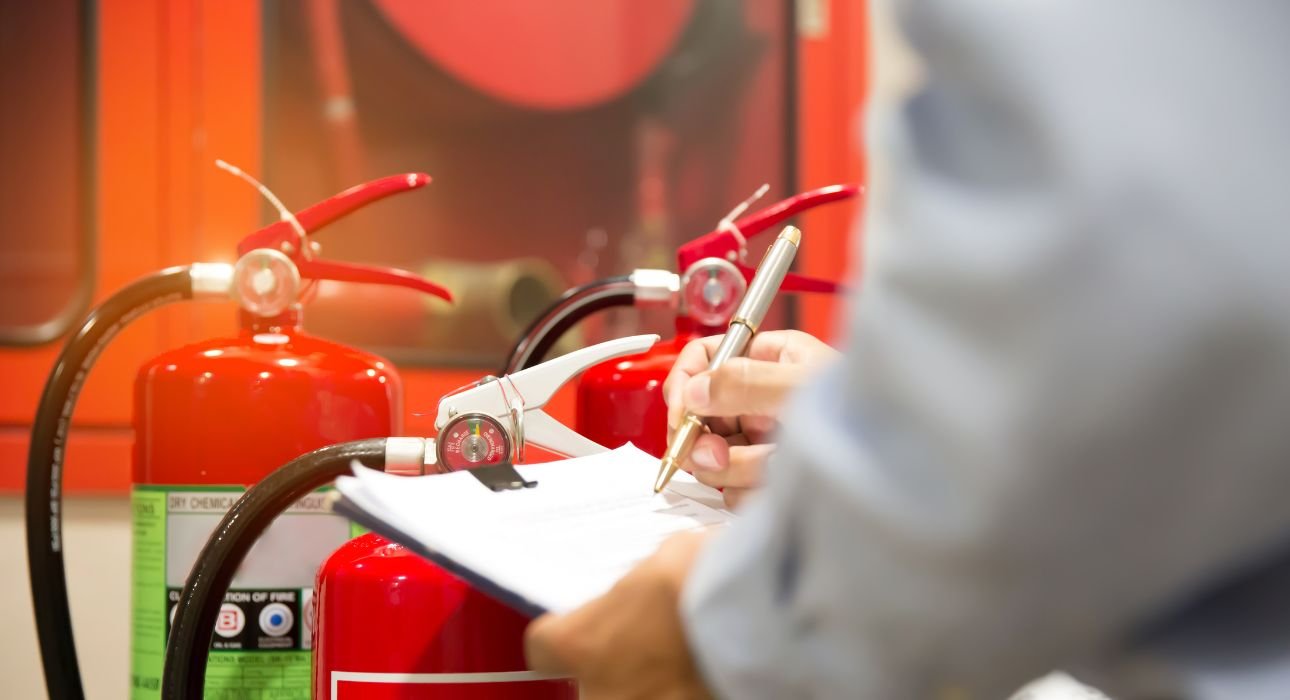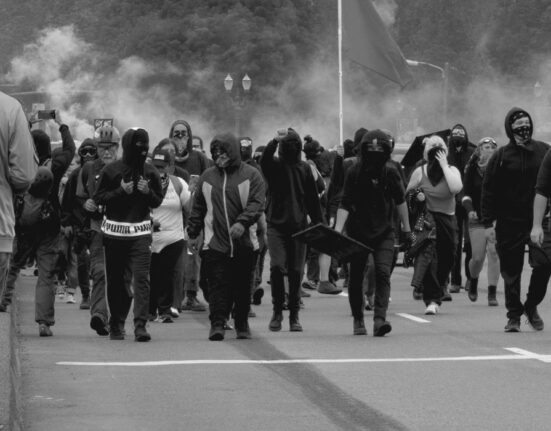Fire doesn’t give warnings. It starts small, spreads fast, and if a workplace isn’t ready, the damage can be massive, both to people and property. Most folks don’t think about fire safety until the alarm goes off. By then, it’s already too late. The truth is, fire safety isn’t just about ticking boxes or putting up a few signs. It’s about staying a step ahead. Whether it’s a large industrial site or a small office space, every workplace has its risks. Some are obvious, like faulty wiring or paper stacks near heaters. Others? Not so much. But the good news? Most fires can be prevented. This guide explores the key fire safety practices every workplace should follow. From training staff to spotting hazards early, it’s all about creating a space where people can work safely—and leave safely, too.
1. Understanding Fire Safety Training in the Modern Workplace
Training matters. Without it, even the best safety plans fall apart. Everyone in the workplace, from the newest hire to the top boss, needs to know what to do in a fire. It’s not just about finding the nearest exit—it’s about knowing what triggers a fire and how to stop one before it starts. In the past, fire safety training meant half a day in a cold room staring at a flip chart. Things have moved on. Now, training can be done on the go, in bite-sized lessons that fit around work schedules.
One smart option? An online fire safety certification. It’s flexible, and easy to update, and employees can do it without needing time off. No need to squeeze everyone into the breakroom for a two-hour lecture. This way, the training stays fresh, relevant, and actually gets remembered. And yes—it ticks all the legal boxes too. Under UK fire safety law, employers have a duty to make sure their teams are trained properly. Online options just make it simpler.
2. Legal Responsibilities and the Role of the Responsible Person
Every workplace in the UK must follow fire safety regulations. It’s not optional. The law says so—specifically, the Regulatory Reform (Fire Safety) Order 2005. But who makes sure this stuff gets done? That job falls to the Responsible Person. Usually, it’s the employer or building manager. If things go wrong, they’re the ones held accountable.
Their tasks include doing fire risk assessments, checking alarms and extinguishers, and making sure people know what to do. They also have to keep escape routes clear and accessible at all times. It sounds like a lot—and it is. But without someone owning the process, things fall through the cracks. Fires don’t wait for meetings. That’s why it’s so important to take these responsibilities seriously.
3. Common Workplace Fire Hazards and How to Reduce Risk
Workplaces are full of things that can catch fire. Some are easy to spot, like overloaded sockets or space heaters. Others sneak under the radar—think dust near machinery or blocked vents. Then there’s the classic cluttered storage cupboard. The boxes are stacked too close to the ceiling. Cleaning chemicals next to light fittings. It only takes one spark. Here’s what every workplace should keep an eye on:
- Electricals: Frayed wires, dodgy plugs, and old equipment are top offenders.
- Combustibles: Paper, packaging, flammable liquids—store them properly and keep them away from heat.
- Poor housekeeping: Rubbish left to build up is basically fuel.
- Neglected maintenance: Broken alarms, rusty extinguishers, and exit lights that don’t work spell trouble.
The fix? Regular checks. Make inspections part of the weekly routine. Get people involved. If something looks off, report it. Better safe than sorry.
4. Emergency Planning and the Importance of Drills
A fire plan isn’t just a fancy diagram on the wall. It’s a living thing. A roadmap for what people should do, where they should go, and how to get there fast. And it only works if everyone knows it. That’s where fire drills come in. Think of them as practice runs. They help spot the flaws—blocked exits, slow response times, or confusion over where to meet. Not all workplaces are the same, either. A plan for a single-floor office won’t work in a factory with five levels. Shift work, visitors, and people with mobility issues all need to be considered. Fire safety plans should include:
- Exit routes and assembly points
- Who’s in charge during an evacuation
- Contact numbers and emergency services info
- What to do if someone’s missing
Once the plan’s made, it needs testing. Not just once a year. Regular drills keep people sharp and highlight problems before a real fire does.
5. Building a Culture of Awareness
Fire safety isn’t just a once-a-year checklist. It’s not something that should live in a folder until the next audit. For safety to really stick, it has to become part of the everyday rhythm of the workplace. That doesn’t mean turning everyone into fire marshals. It just means keeping people switched on. Noticing things. Speaking up. Taking five seconds to move a box away from a fire door or unplugging something that’s overheating.
This kind of mindset starts with basic fire safety awareness. When people understand the small things, like how fast smoke spreads or how fire doors work, they start to act differently. They become part of the solution. It also helps to keep fire safety visible. Put up clear signs. Make extinguisher locations obvious. Remind people about evacuation routes. It’s not about scaring anyone. It’s just about keeping safety front-of-mind.
Encourage small actions. Report broken alarms. Don’t wedge open fire doors. Store stuff where it belongs. These may seem like little things, but they all add up. When awareness becomes a habit, risk drops; it’s that simple.
6. Fire Safety Tools That Get Used
Fire blankets, alarms, and extinguishers—they’re only useful if people know where they are and how to use them. And no, that dusty red box by the photocopier doesn’t count if no one’s checked it in three years. There’s no point having all the gear if it’s stuck behind a stack of cardboard boxes. Every tool in the workplace should have a clear job. Here are the basics that every environment needs:
- Smoke alarms: Not just installed, but also tested regularly.
- Fire extinguishers: The right type for the risks on site, clearly labelled and easy to reach.
- Emergency lighting: So people can see their way out when it really counts.
- Fire doors: Always kept shut, never propped open “just for a second”.
And let’s not forget signage. Signs save time—and in a fire, every second matters. Even the best equipment can’t stop a fire alone. But combined with good habits and a bit of know-how, it makes all the difference.













Leave feedback about this